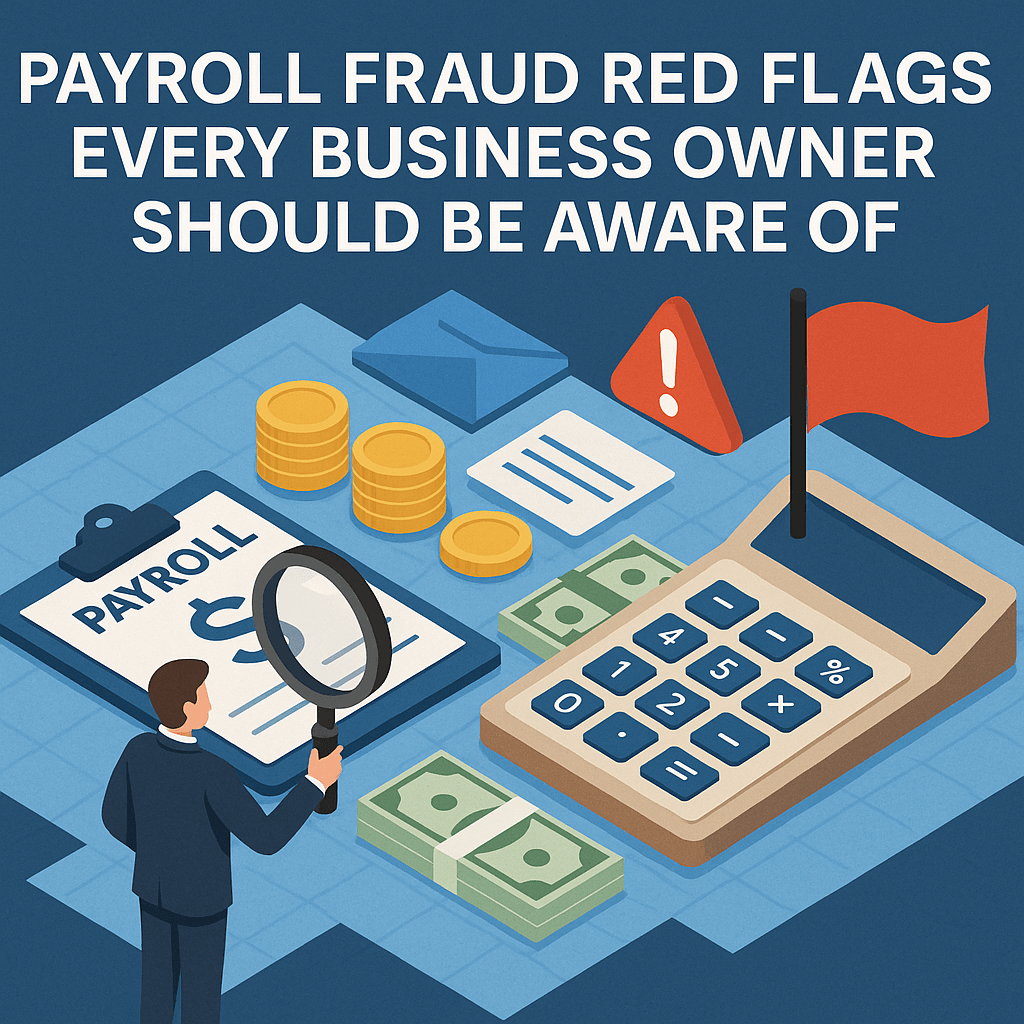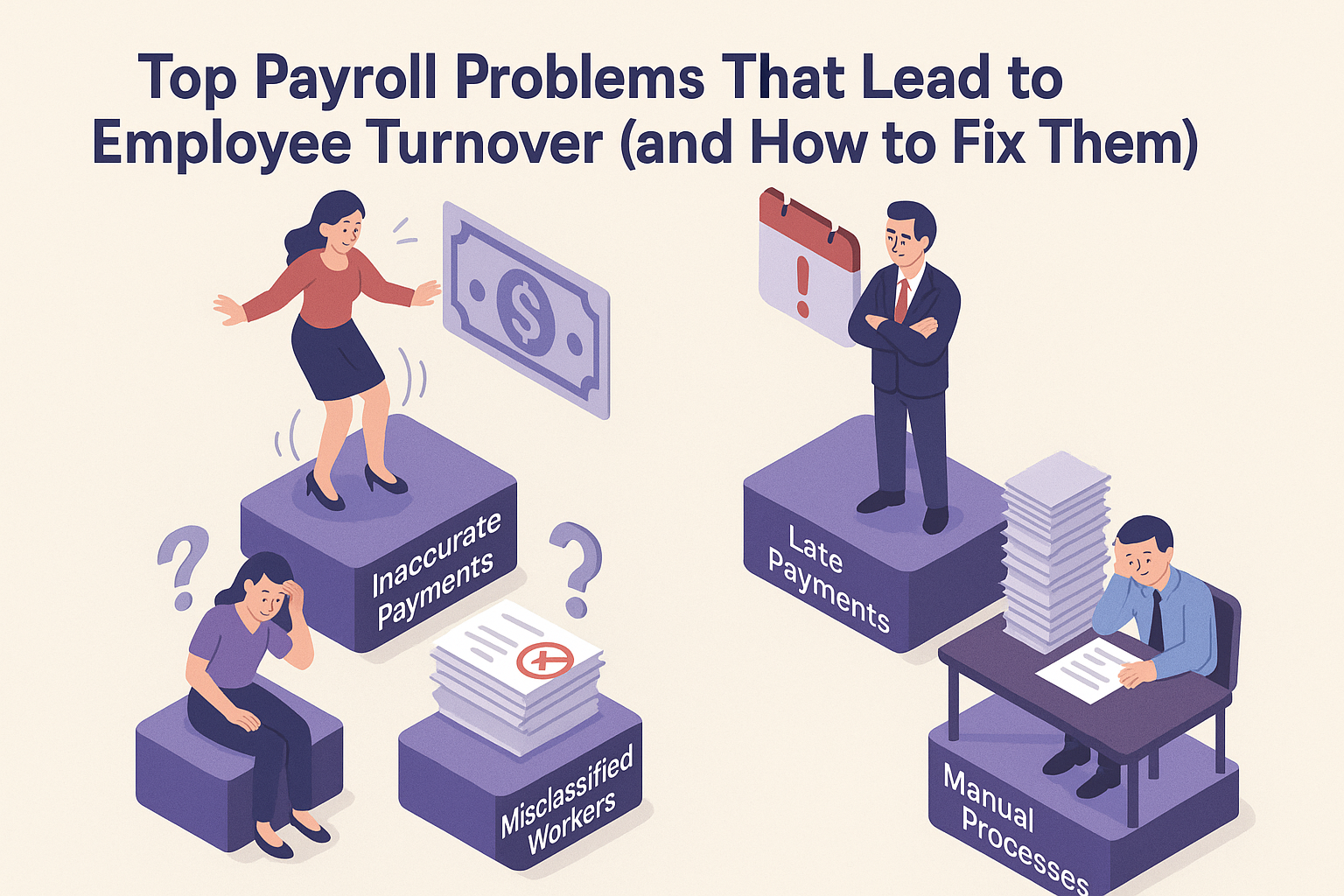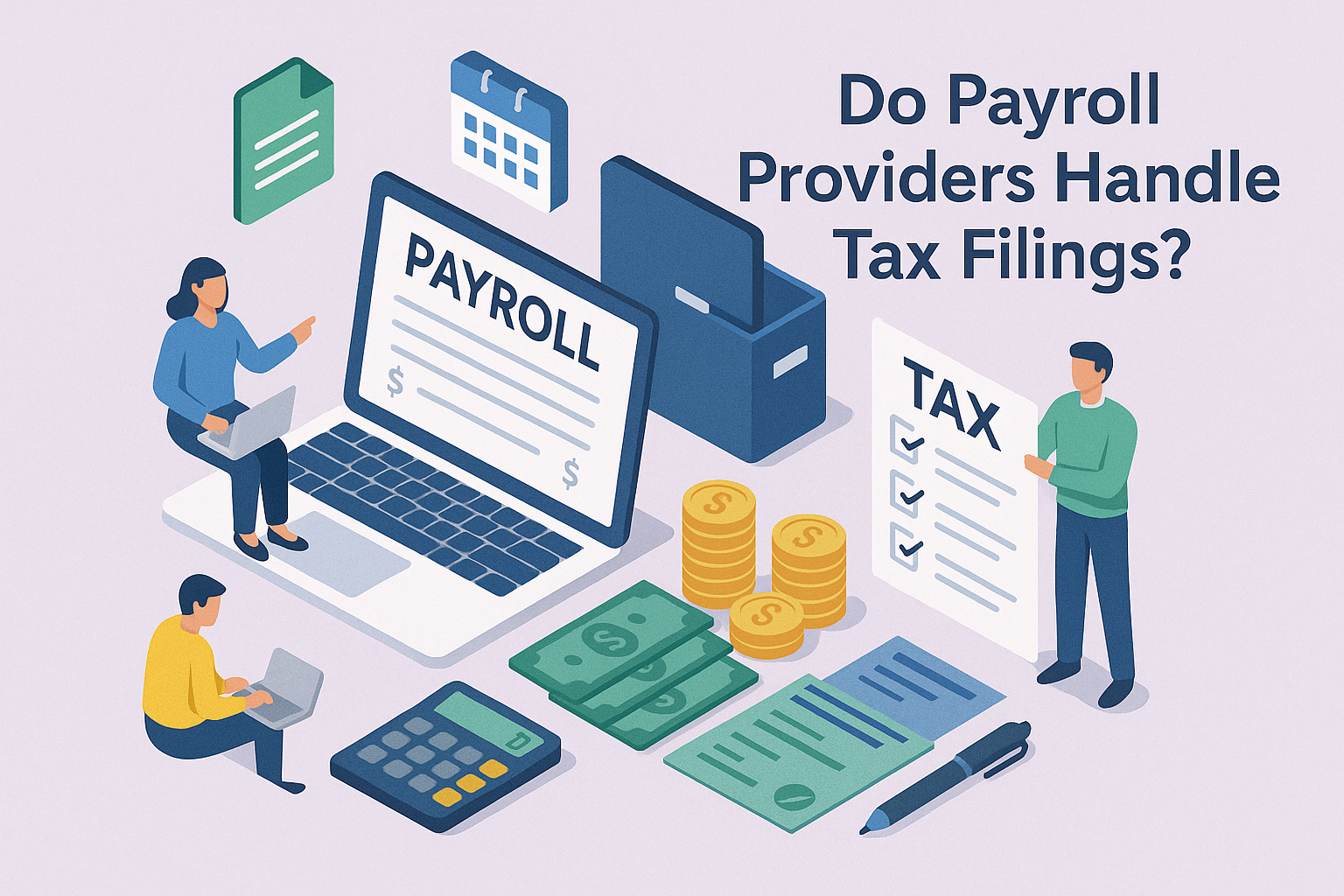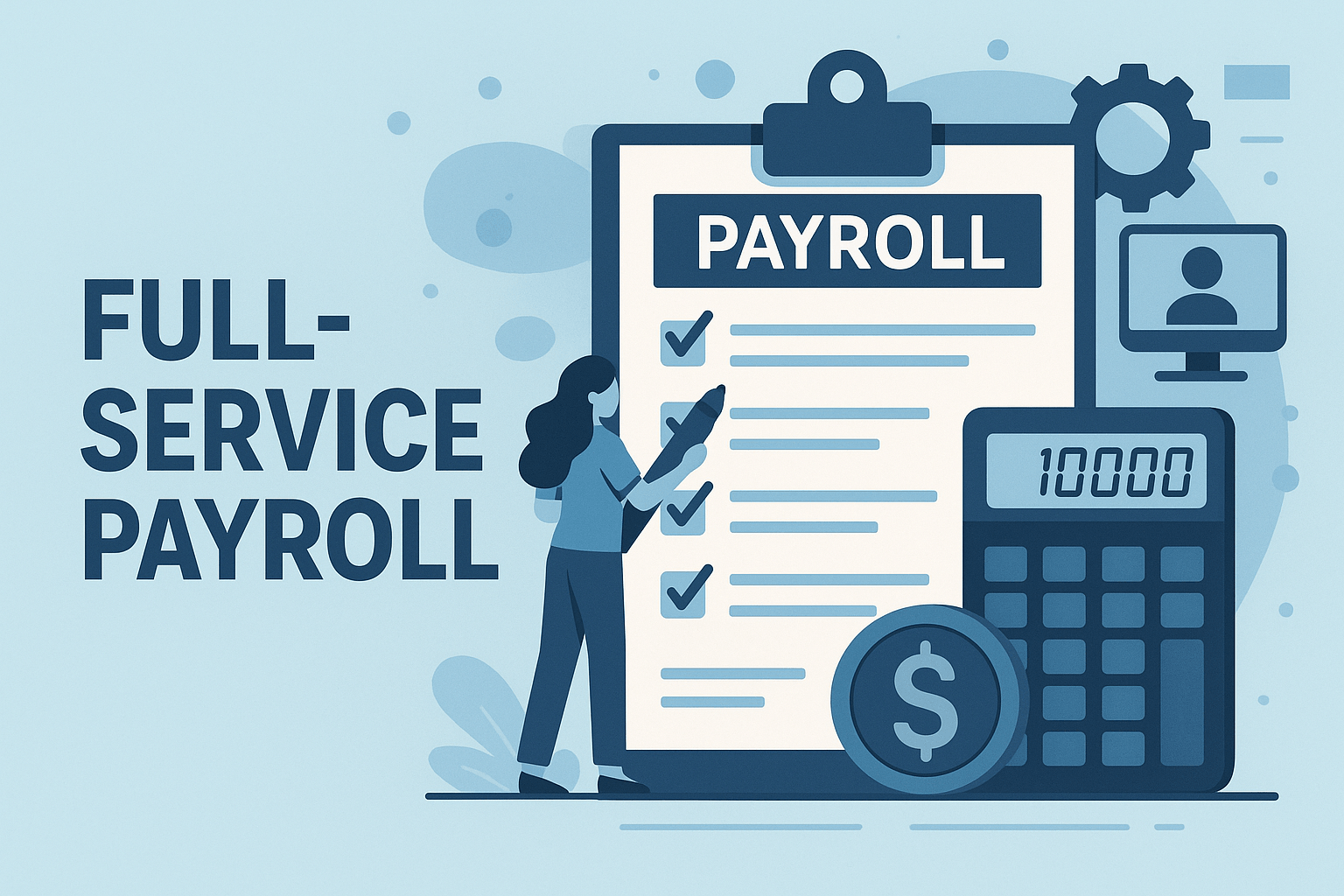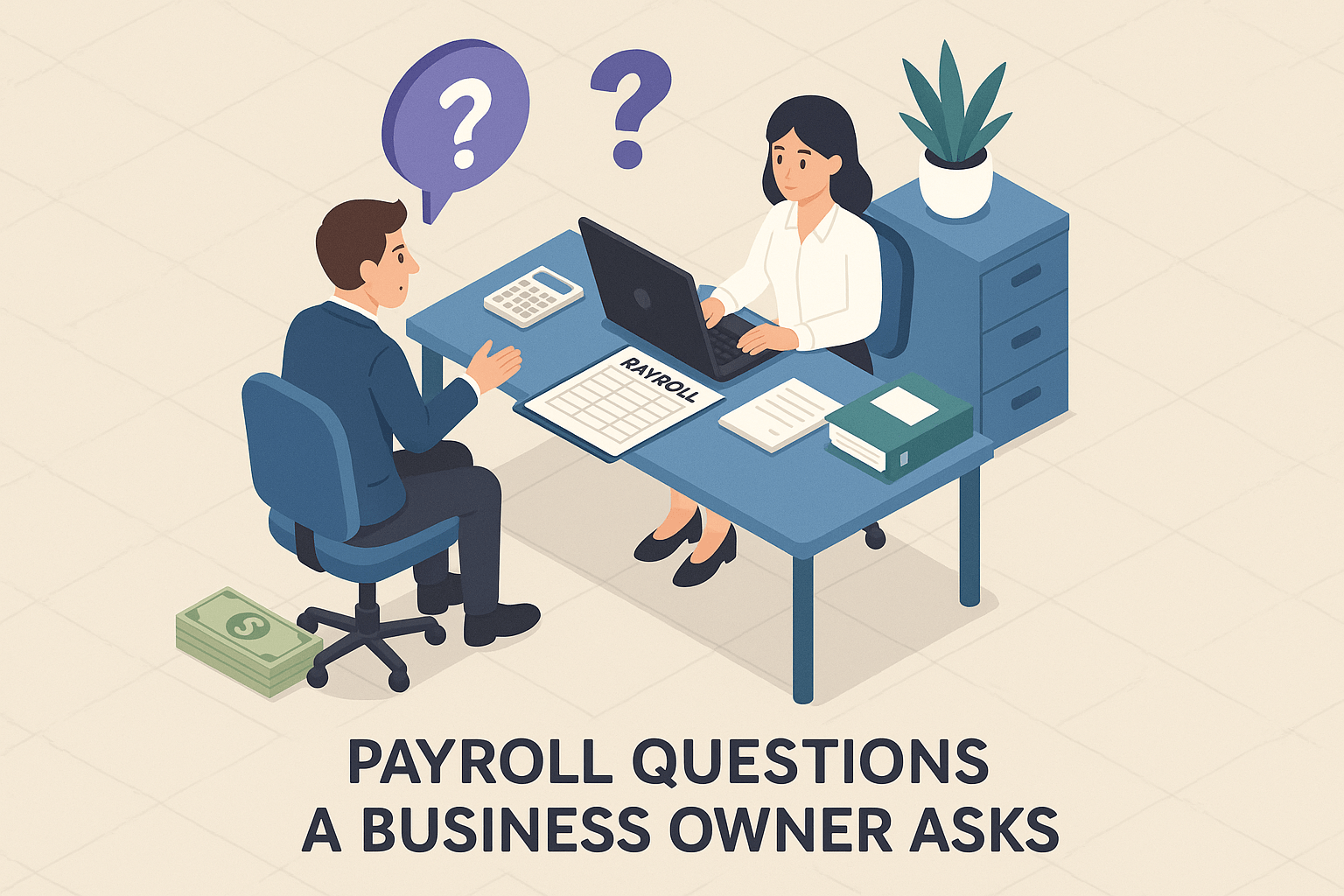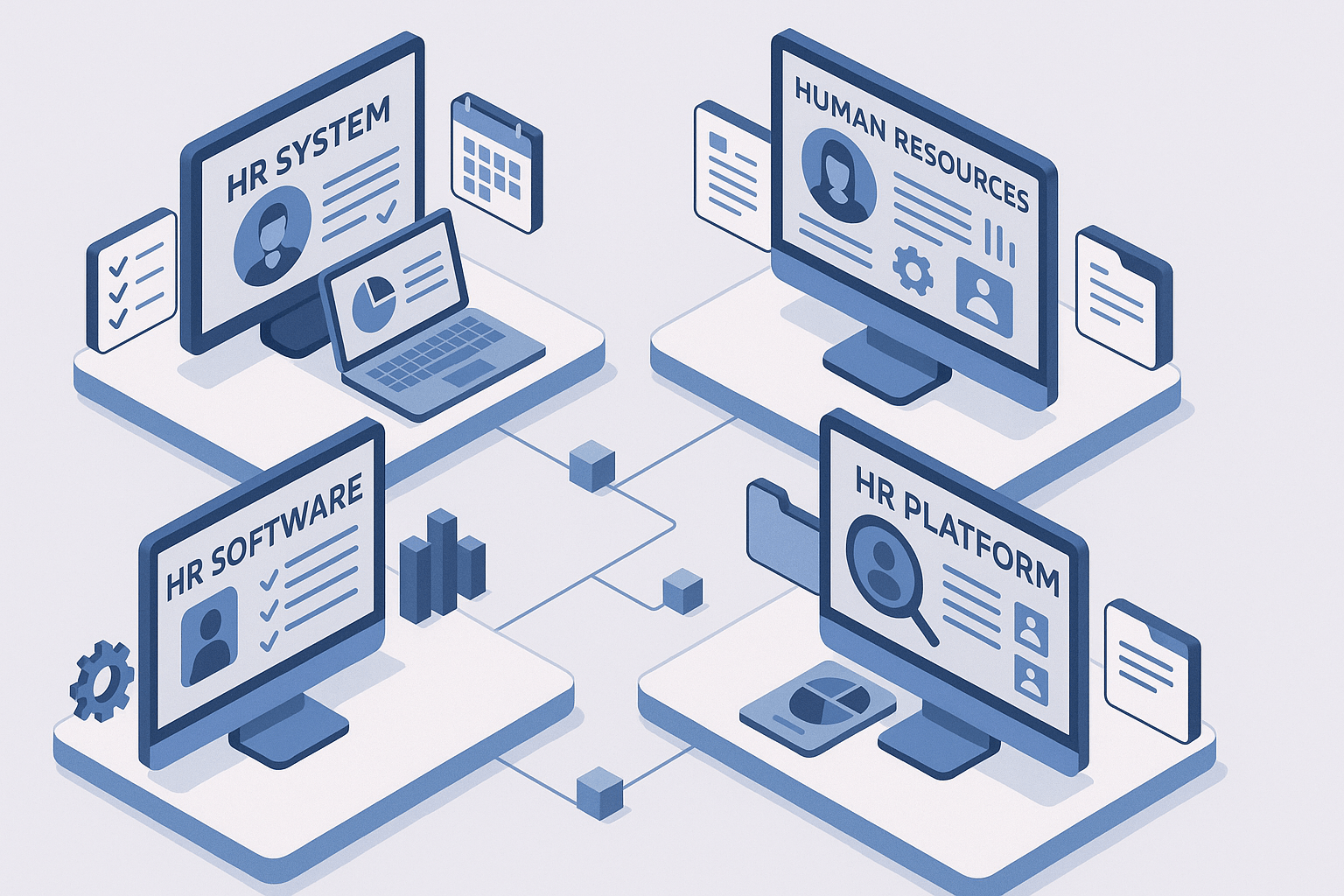Tip Credits: Understanding the Implications for Restaurant Workers
August 29th, 2024
6 min read
.jpeg?width=1792&height=1024&name=a%20restaurant%20employee%20counting%20cash%20tips%20at%20a%20table(1).jpeg)
Are you struggling to understand how tip credits work? Do you find it challenging to balance fair wages for your employees while adhering to federal and state laws? You're not alone. Tip credits can be a complex aspect of payroll management, and misunderstanding them can lead to compliance issues and financial discrepancies.
Here at Lift HCM, our mission is to unravel the complexities of tip credits and equip you with practical guidance to manage this nuanced payroll component with confidence and compliance. In this article, we will do just that. Let's dive in!
🔎 Did you know: As of 2021, about 3 million workers in the United States rely on tips as part of their wages? With ongoing debates about minimum wage and changes in tipping culture, understanding tip credits is more crucial than ever for restaurant owners and managers.
Table of Contents
- What Are Tip Credits?
- The History of Tip Credits
- How Do Tip Credits Work?
- State Variations in Tip Credit Laws
- The Impact on Restaurant Economics
- Common Misconceptions About Tip Credits
- Is Your Business Properly Managing Tip Credits?
What Are Tip Credits?
Before we dive into tip credits, specifically in the restaurant industry, let's give a brief overview of what tip credits are and how they work. Tip credits are a provision in labor law that allows employers to pay tipped employees less than the standard minimum wage, with the expectation that tips will make up the difference. In essence, it's a way for employers to "credit" a portion of an employee's tips against their obligation to pay the full minimum wage.
The History of Tip Credits
The concept of tip credits in the U.S. dates back to the 1960s. When the Fair Labor Standards Act (FLSA) was amended in 1966 to include restaurant workers, it also introduced the idea of a "tip credit" to account for the industry's tipping culture. The initial tipped minimum wage was set at 50% of the regular minimum wage.
Over time, as the regular minimum wage increased, the tipped minimum wage remained stagnant. The last federal increase to the tipped minimum wage occurred in 1991, bringing it to the current $2.13 per hour. This disconnect has led to growing controversy and calls for reform.
How Do Tip Credits Work?
Tip credits allow employers to pay tipped employees a lower base wage as long as their tips bring their total earnings up to at least the full minimum wage. The employer can "credit" a portion of the tips received towards meeting the minimum wage requirement. The employer must make up the difference if the combined base wage and tips don't reach the full minimum wage. Let's break it down with a simple example:
- Base Wage: $2.13 per hour (federal minimum for tipped employees)
- Tip Credit: Up to $5.12 per hour
- Total Wage: Must equal at least $7.25 per hour (federal minimum wage)
Example Calculation for a 40-hour work week:
- Minimum total compensation: $290 (40 hours x $7.25)
- Base wages: $85.20 (40 hours x $2.13)
- Required tips or employer makeup: $204.80
State Variations in Tip Credit Laws
While the FLSA sets the federal standards for tip credits, many states have their own regulations, which may differ significantly. Some states require higher base wages for tipped employees or do not allow tip credits at all. For these reasons, employers must refer to the U.S. Department of Labor (DOL) website and/or the state website where employees work for more information and applicable guidance on tip credits. Employers must understand and comply with both federal and state laws to avoid legal issues. Many states have their own laws regarding tipped minimum wages and tip credits. For example,
- Seven states (Alaska, California, Minnesota, Montana, Nevada, Oregon, and Washington) do not allow tip credits and require tipped employees to be paid the full state minimum wage before tips.
- Other states allow tip credits but require a higher tipped minimum wage than the federal standard.
- Some states follow the federal standard.
The US Department of Labor website has a full table of minimum hourly wages for tipped employees by state (as of July 1st, 2024).
States with Higher Base Wages
In some states, the minimum cash wage for tipped employees is higher than the federal standard of $2.13 per hour. For example, in California, the minimum wage for tipped employees is the same as the general minimum wage, which varies depending on the employer's size. As of January 2024, it is $15.50 per hour for employers with 26 or more employees and $15.00 per hour for employers with 25 or fewer employees.
Some states also have laws that require employers to pay tipped employees at least the minimum wage if their tips do not bring their total earnings up to that amount. Additionally, some states have laws prohibiting employers from requiring tipped employees to share their tips with other employees, such as managers or hosts.
States with No Tip Credit
Some states do not allow tip credits at all, meaning employers must pay tipped employees the full state minimum wage before tips. Examples of such states include Alaska, Montana, and Nevada. Employers in these states must diligently understand their obligations and ensure they pay the appropriate wages.
It's also worth noting that even in states with no tip credit, there are still some exceptions to the minimum wage requirement. For example, some employees who receive substantial tips, such as those working in high-end restaurants, may be exempt from the minimum wage requirement. However, employers must meet specific criteria to qualify for this exemption. To avoid potential violations, employers should consult with an employment attorney to determine whether their employees are eligible for exceptions.
States with Additional Requirements
Some states have additional requirements or variations in how tip credits can be applied. For example, in New York, the cash wage for tipped employees varies based on the industry and the employer's size, with additional rules for hospitality and service industries. Employers in these states must be well-versed in local regulations and may benefit from consulting with payroll experts or legal advisors to ensure compliance.
📌 Pro Tip: Always check both federal and state laws to ensure compliance. When state and federal laws differ, employers must follow the law that benefits the employee. Find your state's labor office on the US Department of Labor website.
The Impact on Restaurant Economics
Tip credits profoundly impact how restaurants manage their labor expenses and set prices. They also play a crucial role in determining the compensation of servers and other tipped employees. Tip credits enable restaurants to maintain their profitability in an industry known for its slim profit margins by allowing for a lower direct labor cost.
This flexibility in labor costs can translate into lower menu prices for customers or allow businesses to invest in other aspects of their operations. However, in regions where tip credits are not permitted, restaurants often face higher labor costs, which may result in elevated menu prices to cover these expenses. This ongoing debate raises questions about how the tipping and non-tipping models ultimately impact consumers and the overall economic sustainability of the restaurant industry.
1. Labor Costs
For restaurants, tip credits allow for lower direct labor costs, which can be crucial in an industry known for thin profit margins. This can lead to lower menu prices or increased investment in other business areas.
2. Menu Pricing
In areas without tip credits, restaurants often have higher menu prices to account for increased labor costs. This has led to debates about whether the end cost to consumers significantly differs between tipping and non-tipping models.
3. Restaurant Viability
Some restaurant owners argue that eliminating tip credits would force them to cut staff or even close their businesses. However, the states' experiences without tip credits suggest that the restaurant industry can adapt to higher base wages.
4. Tipping Culture
Tip credits reinforce the tipping culture in the U.S. restaurant industry. Some argue this culture creates a more dynamic and potentially lucrative environment for workers, while others contend it leads to inequities and instability.
Common Misconceptions About Tip Credits
Let's clear up some frequent misunderstandings on tip credits:
| Myth | Reality |
|---|---|
| Employers can keep a portion of the tips. | All tips must be retained by the employees who earned them, except in valid tip pooling arrangements. |
| Tips always cover the minimum wage difference. | Employers must make up any shortfall if tips are insufficient. |
| Tip credits can be applied without informing employees. | Employers must notify employees about tip credit usage and wage calculations. |
| Tip credits apply uniformly across all states. | State laws vary widely; compliance with both federal and state regulations is crucial. |
Implementing Tip Credits Correctly
To ensure proper implementation of tip credits, restaurant owners should:
- Communicate tip credit policies to employees in writing.
- Keep accurate records of employee wages, tips, and hours worked.
- Regularly review and adjust practices to comply with changing state and federal laws.
- Implement a reliable system for tracking and reporting tips.
- Train managers and supervisors on proper tip credit procedures.
Is Your Business Properly Managing Tip Credits?
Ensuring compliance with the FLSA's requirements for tipped employees is essential for maintaining a fair and lawful workplace. By understanding the minimum wage requirements, tip credit provisions, tip pooling rules, overtime pay calculations, and recordkeeping obligations, employers can better manage their tipped workforce and avoid potential legal issues.
At Lift HCM, we're committed to helping you navigate these complexities. Whether you need assistance with payroll management compliance or have questions about tip credits, we're here to support your business.
Please note that this article does not cover all possible scenarios, and any discussions or viewpoints should not be considered legal advice. Readers are advised to consult with legal professionals for specific legal guidance.
.jpg?width=212&height=141&name=composition-with-book-light-bulb(1).jpg) If you are not yet ready to speak with a team member, you may find these resources helpful:
If you are not yet ready to speak with a team member, you may find these resources helpful:
Caitlin Kapolas is a results-driven professional with a strong background in account management and retail. She is dedicated to improving client experiences and building lasting relationships. Caitlin excels in identifying client needs, resolving issues, and implementing customized solutions that drive value. Her effective communication skills ensure high client satisfaction and loyalty, making her a trusted advisor and partner in meeting client needs with precision and professionalism.
Topics:



.png?width=1536&height=1024&name=Create%20a%20background%20that%20reads%2c%20How%20Long%20to%20Keep%20P%20(1).png)



